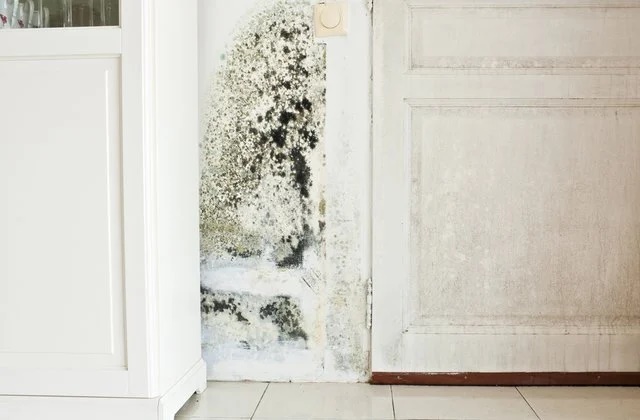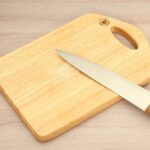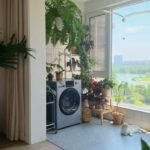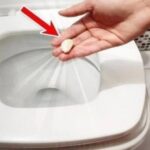Prolonged rainfall or humid weather can easily cause walls to develop mold and mildew. Not only does it look unsightly, but it can also be a health hazard. To address this issue, it’s important to identify the root cause. If the wall is leaking or seeping water, and you can feel the moisture with your hand, it’s best to call a professional for repairs as this is an ongoing issue that can’t be resolved with simple fixes. Proper waterproofing of the wall is necessary. However, if the wall is damp due to humid weather, you can try the following methods to remedy the situation.
Use Alcohol
Alcohol is a powerful disinfectant. It is commonly used to disinfect wounds and can be equally effective at disinfecting surfaces. When dealing with a small area of mold on your walls, alcohol can be a great solution. It will help eliminate the mold and disinfect the area.
Dilute alcohol with water and apply it to the moldy area. Let it sit for about half an hour to break down the mold, then wipe it off with a cloth. Finally, use toilet paper to absorb any remaining moisture and dry the area with a hairdryer.
Use Bleach
Javel, a common household bleach, can be purchased from grocery stores and supermarkets. It is often used to remove stains from clothing, but it is also effective at tackling mold on walls.
Mix one part bleach with two parts water and apply the solution to the moldy area using a roller or a brush. Then, use a brush to scrub away the mold. Once the mold is removed, wipe the wall again with a clean cloth. Afterward, turn on a fan and open the windows to ventilate the room and speed up the drying process.
When working with bleach, it is important to wear gloves to protect your skin from the chemicals.
Vinegar and Baking Soda
Combine vinegar and baking soda to form a thick paste. Use a brush to apply the paste to the moldy area on the wall. Let it sit for 10-15 minutes, then rinse it off with clean water and allow the wall to air dry.

Soap
Soap can be effective against fresh mold. Mix one part soap with three parts water and use a brush to apply the solution to the moldy area. Then, use a damp cloth to wipe down the wall, ensuring it is thoroughly cleaned. Turn on a fan to speed up the drying process.
Hydrogen Peroxide
Similar to alcohol, hydrogen peroxide is often used to disinfect wounds. It can also be used to clean mold off walls. Simply spray undiluted hydrogen peroxide onto the moldy area and let it sit for about 10 minutes to penetrate the mold. Then, wipe the area with a cloth to remove any remaining mold and dry the wall.
It’s important to address mold as soon as possible. The sooner you tackle the issue, the easier it will be to clean and prevent further growth.
According to Cars and Sports
The Magic of a Clove of Garlic: Unlocking the Power in Your Toilet
Perhaps you didn’t know that dropping a clove of garlic into your toilet can effectively eliminate odors and bacteria. This humble bulb packs a powerful punch, with a pungent scent that masks unpleasant smells and natural antibacterial properties that leave your toilet clean and fresh. It’s an easy, natural solution to a common household problem.



































